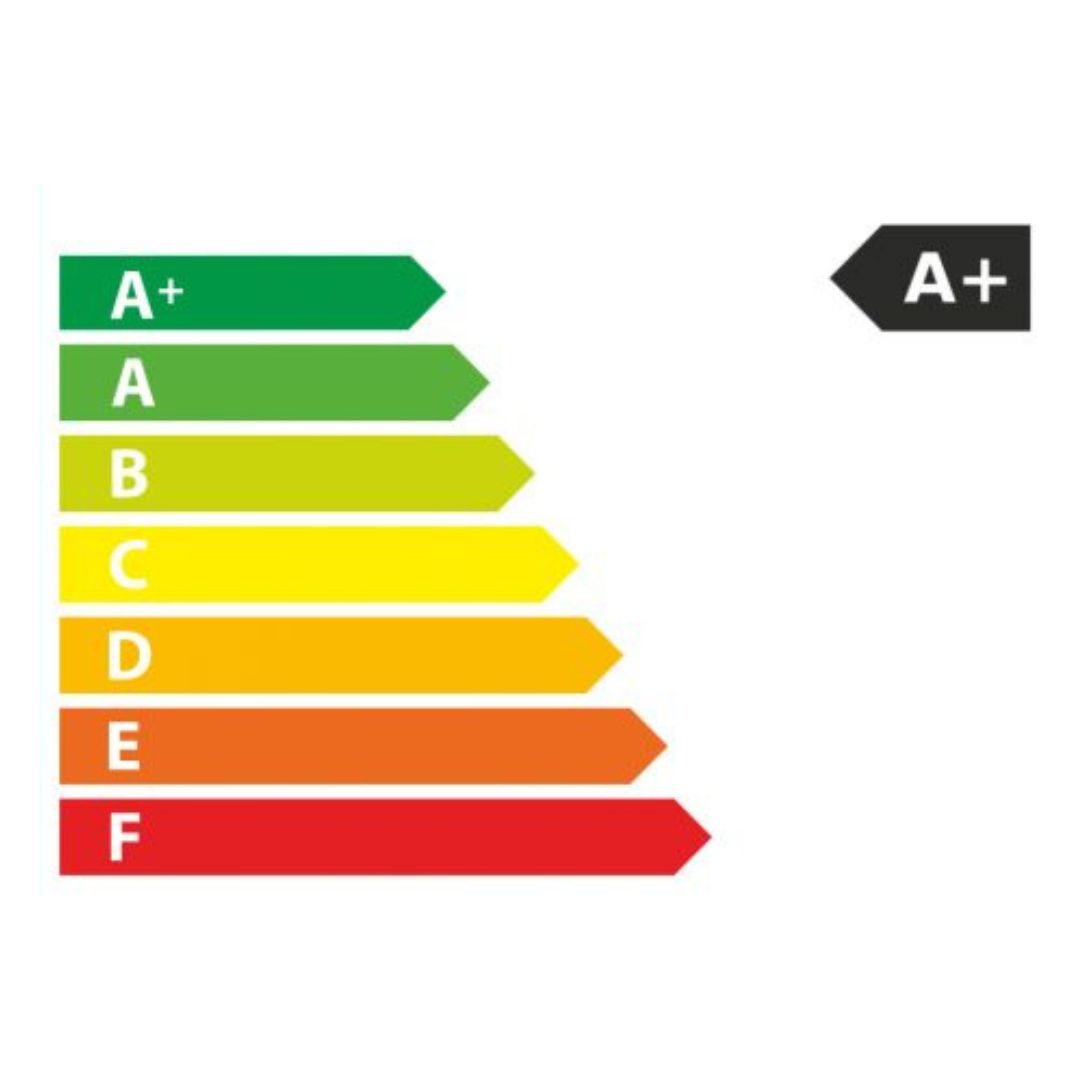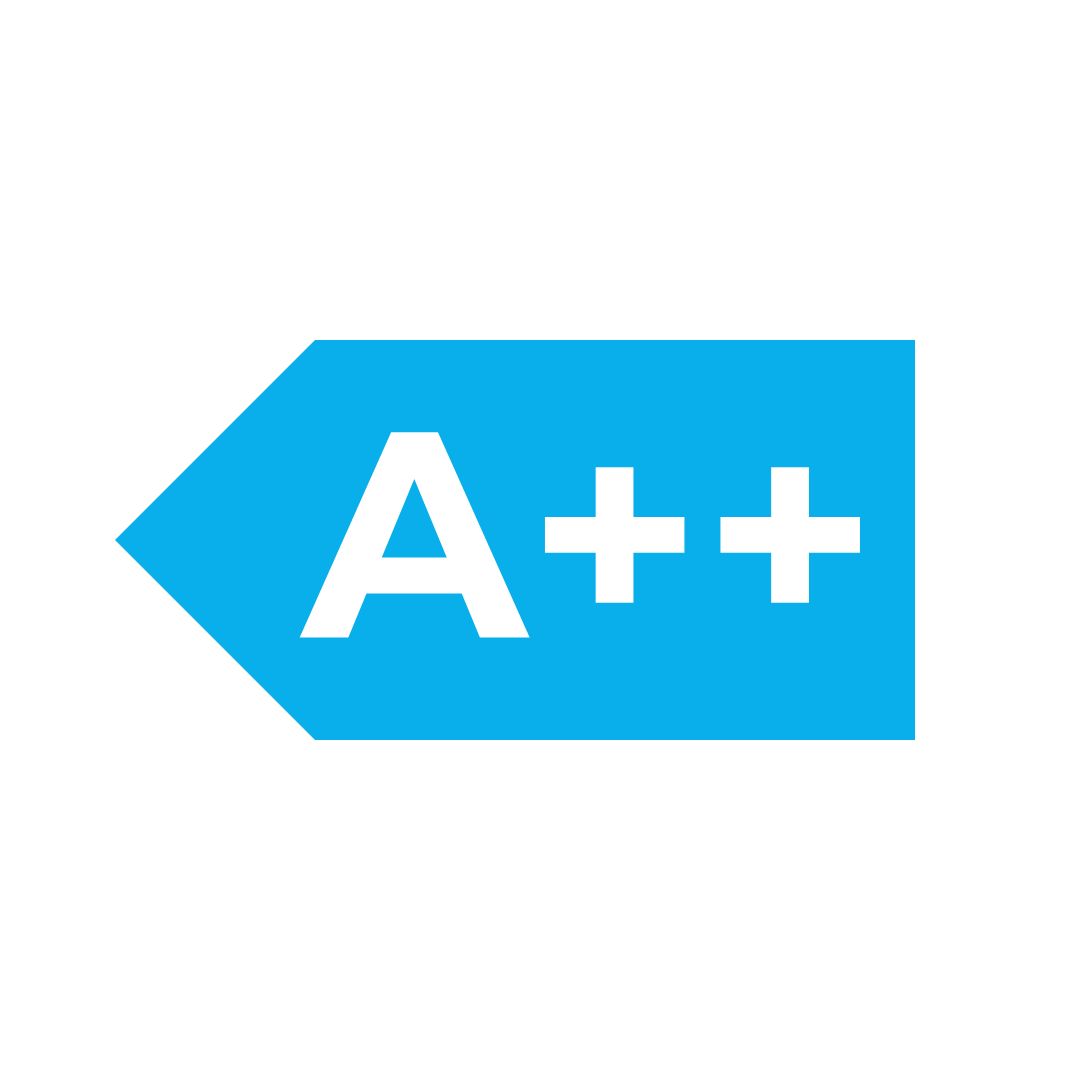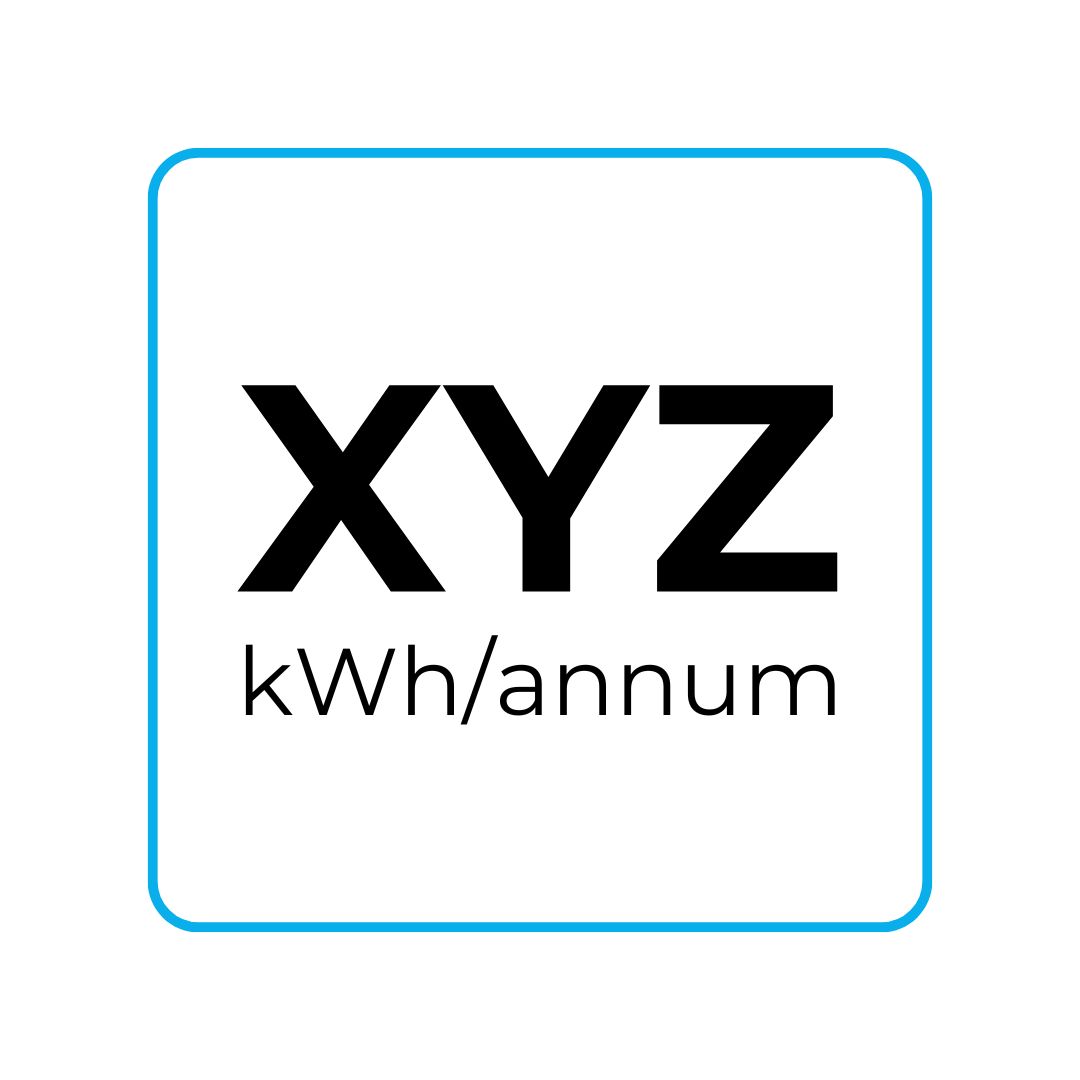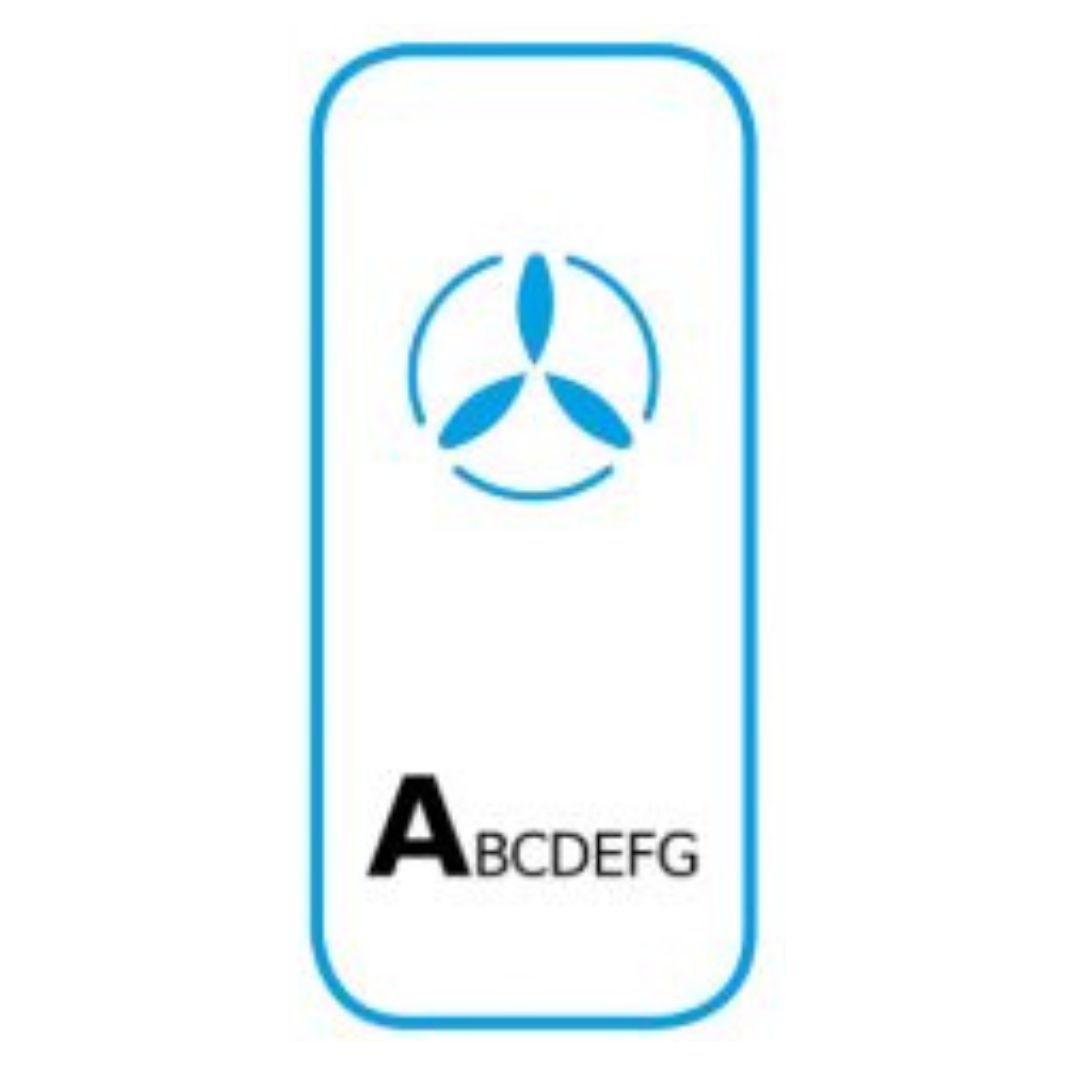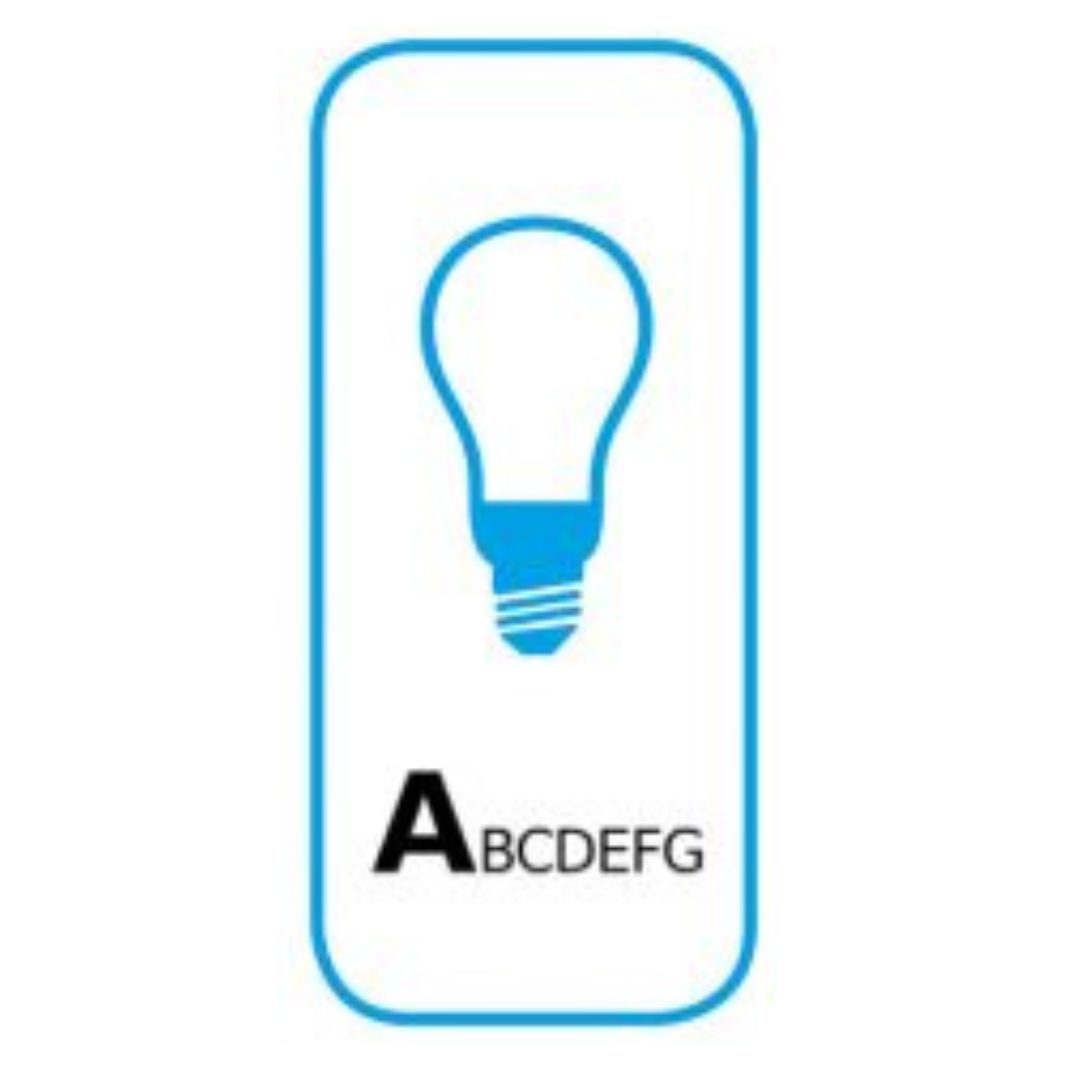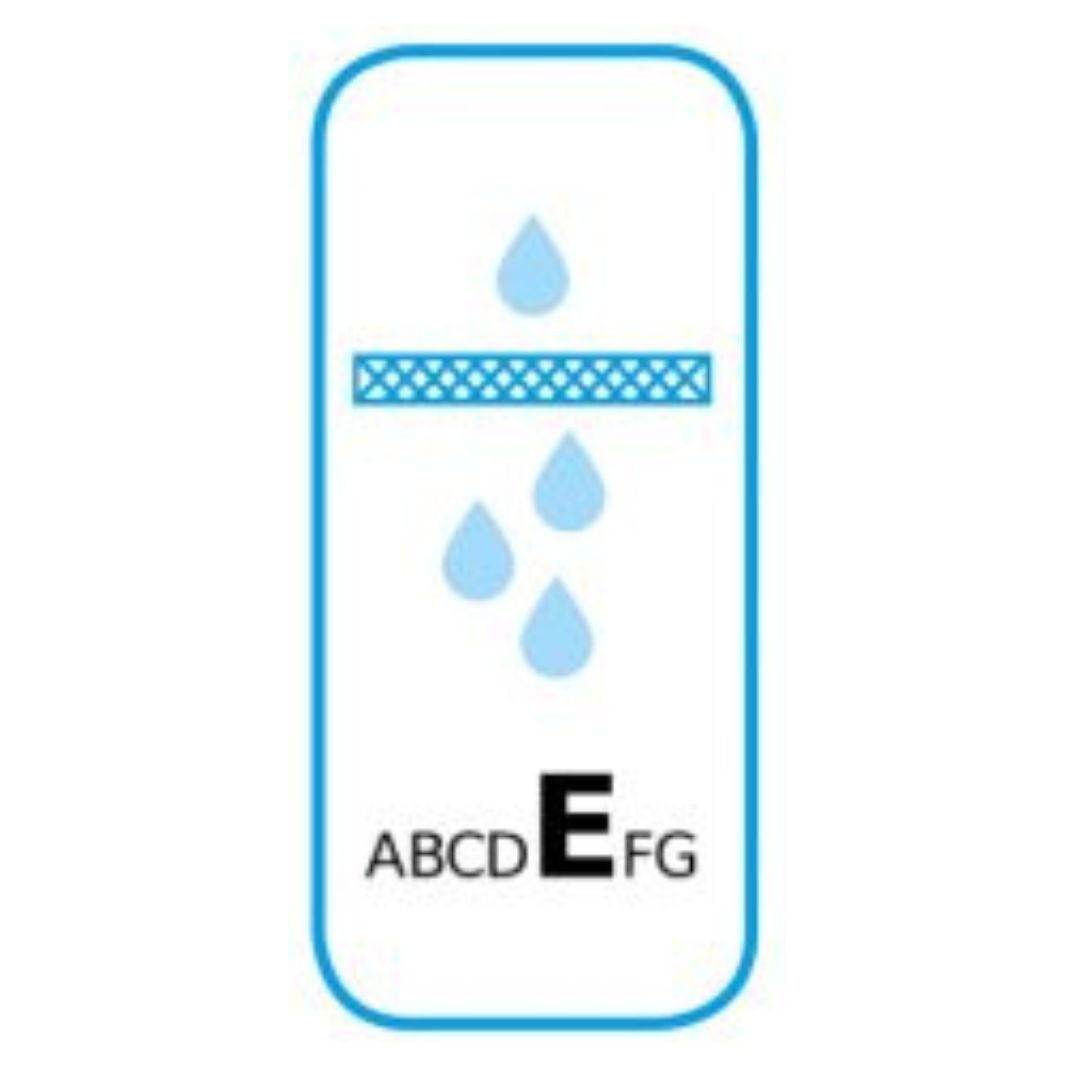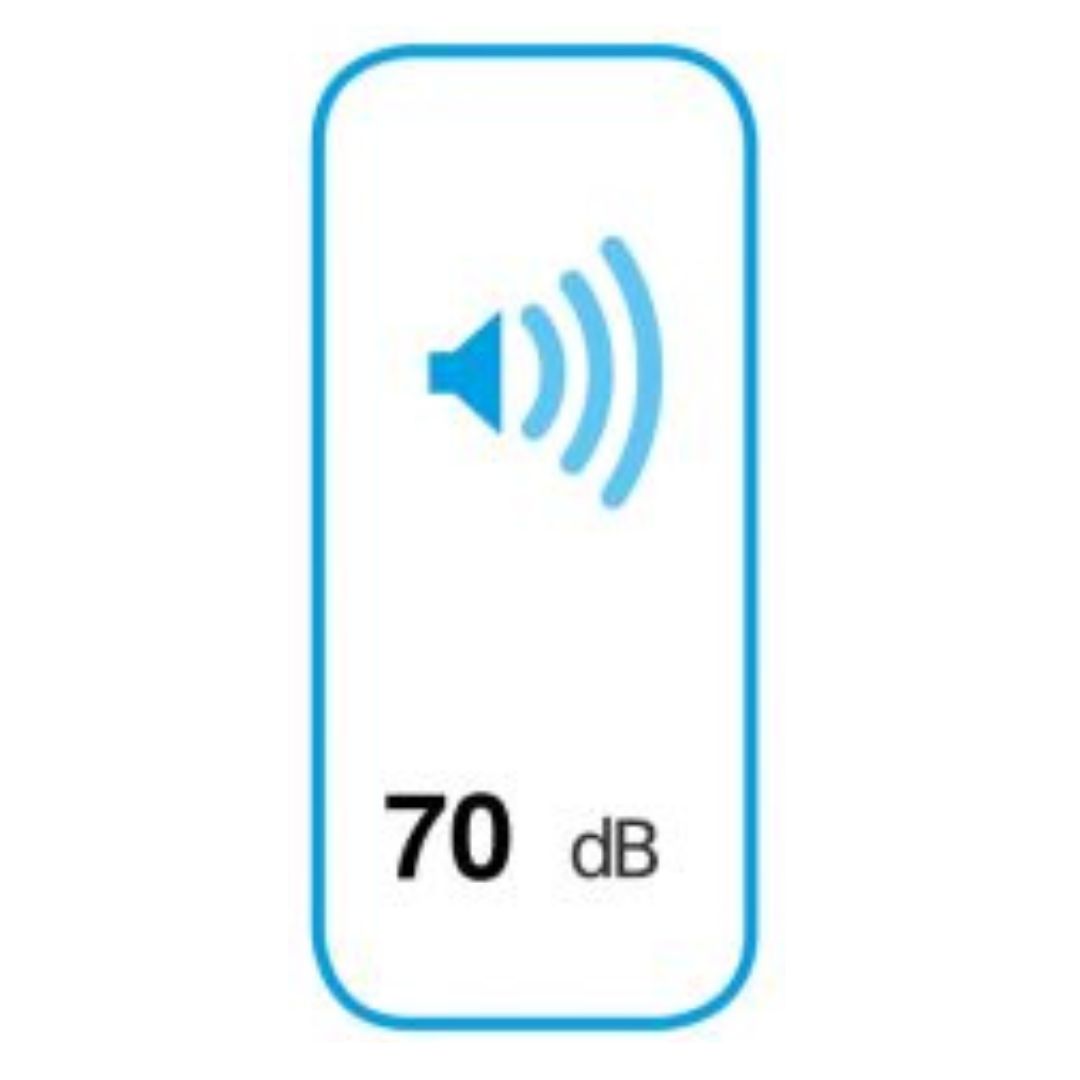The energy label has been mandatory since 2015 for domestic kitchen hoods. This label is displayed on the front of the appliance to list its features and clearly indicate the main information about the device, providing crucial support when purchasing a kitchen hood.
The information provided on the Energy Label includes:
- The name of the manufacturer
- The identification code of the appliance
- The energy class, expressed in letters from A+++ (the best) to D
- The annual energy consumption of the hood, expressed in kWh/year
- The fluid dynamics class
- The lighting efficiency class
- The filter efficiency class
- The noise level in Decibels
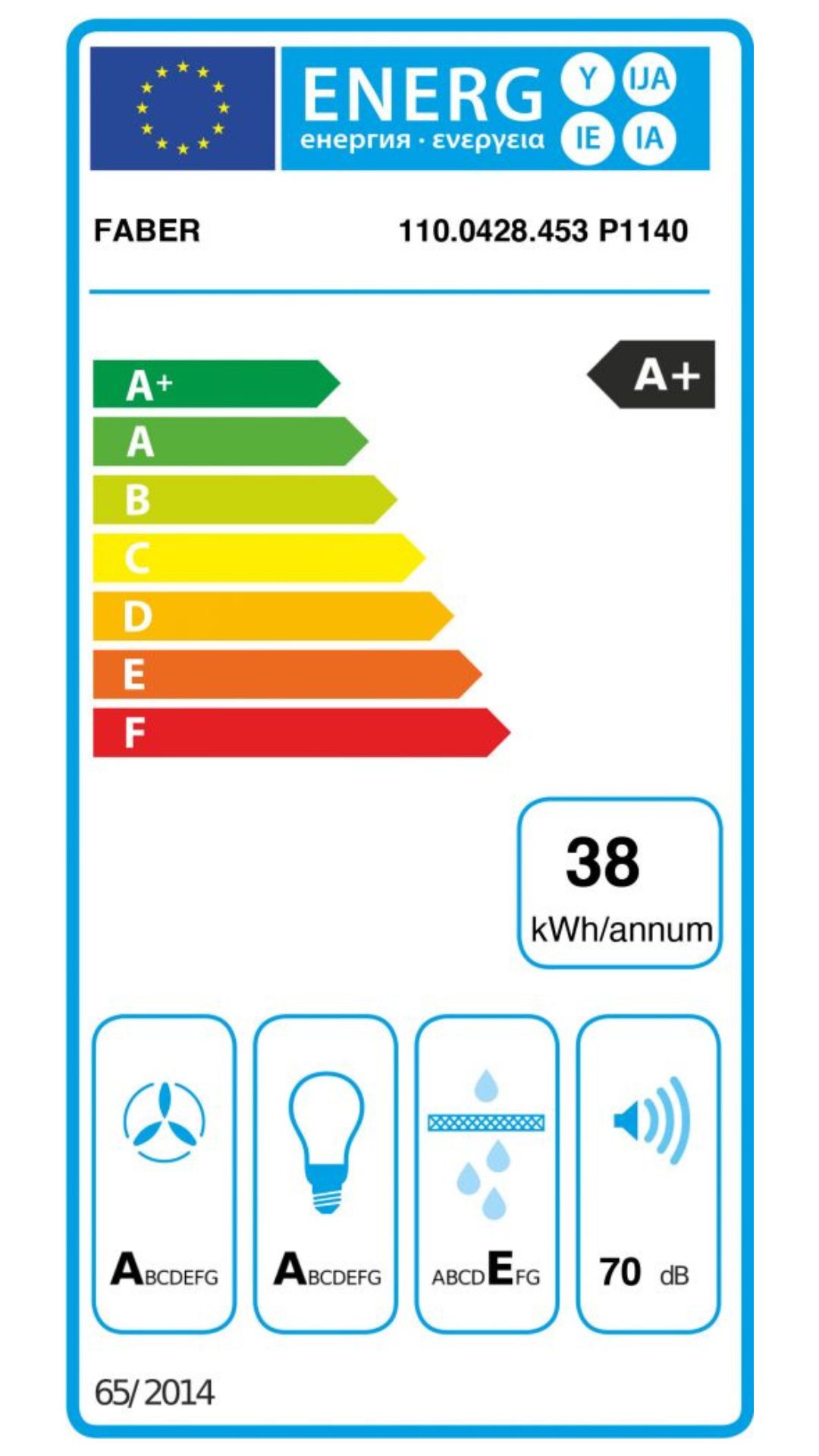
Image Src: Faber

